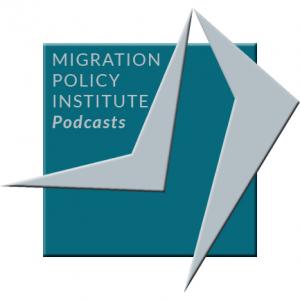
Thursday Aug 11, 2016
DACA at Four: Estimating the Potentially Eligible Population and Assessing Application and Renewal Trends
August marks the fourth anniversary of implementation of the Deferred Action for Childhood Arrivals (DACA) program. Since its launch in 2012, DACA has provided a reprieve from deportation and temporary eligibility to work legally in the United States to more than 700,000 young unauthorized immigrants. And in light of the Supreme Court’s recent decision not to allow a more expansive deferred-action initiative for parents to go forward, DACA remains the only large-scale initiative that offers relief from deportation to unauthorized immigrants.
This webinar marked the release of a new Migration Policy Institute issue brief that includes the most current estimates of potential DACA beneficiaries, which were generated using data from the 2014 American Community Survey (ACS) and MPI’s unique assignments of unauthorized status to noncitizens in the data. Webinar participants discussed their findings regarding the rates of those who have applied, have sought renewal, and may apply for a second renewal of status, along with data on those who might be eligible in the future for DACA or able to gain eligibility through education. They also discussed recent policy and political developments, present trends in DACA requests and application rates by country of origin and at U.S. and state levels, and examine how DACA has affected the social integration, education, and employment of qualifying young unauthorized immigrants.
No comments yet. Be the first to say something!